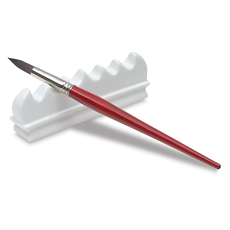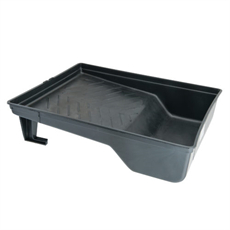Creating texture with paint brushes is a versatile technique that can add depth and visual interest to your artworks. Different brushstrokes and brush types can produce various textures, and combining these techniques can yield even more intricate results. Here are some tips on how to create texture using paint brushes:
- Brush Types for Texture:
- Fan Brushes: Fan brushes are excellent for creating soft, feathery textures, such as foliage, fur, or clouds.
- Palette Knives: While not brushes, palette knives are great for applying thick impasto textures. You can use them to create raised, sculptural effects.
- Stippling Brushes: These brushes have short, stubby bristles and are ideal for creating stippled or dotted textures.
- Hog Bristle Brushes: These stiff brushes are good for rough textures and expressive, bold strokes.
- Brushstroke Techniques:
- Dry Brushing: Dip your brush in paint and then remove most of the paint by wiping it on a paper towel or palette. With the remaining paint on your brush, lightly and quickly apply it to the canvas. This technique is great for creating a scratchy, dry texture.
- Impasto: Load your brush with a significant amount of paint and apply it thickly onto the canvas. Use palette knives to further build up the paint in layers. Impasto creates a three-dimensional, sculptural texture.
- Scumbling: Apply a thin, translucent layer of paint over an existing layer by gently scrubbing the canvas with a nearly dry brush. This technique creates a soft, hazy texture and is often used for atmospheric effects.
- Sgraffito: After applying a thick layer of paint, use the end of your brush or a palette knife to scratch through the wet paint to reveal the layers beneath. This technique can create fine lines or intricate textures.
- Hatching and Cross-Hatching: Use fine, controlled brushstrokes in parallel lines (hatching) or crisscrossing lines (cross-hatching) to build up texture and shading. This technique is commonly used in pen and ink drawings but can also be adapted for paint.
- Layering and Blending:
- Layering different colors and textures on top of each other can create complex and visually engaging textures. Experiment with layering and blending to achieve your desired effects.
- Experimentation:
- Don’t be afraid to experiment with different brushes, paint consistencies, and techniques to discover unique textures. Try using unusual tools, like sponges, rags, or even your fingers, to create texture in your paintings.
- Observation and Reference:
- Studying real-life textures or referring to photographs can help you better understand how to recreate them in your artwork. Pay attention to the direction of brushstrokes and the patterns in textures.
Remember that practice is key when it comes to mastering texture in your artwork. Take the time to explore different techniques and develop your own style of creating texture with paint brushes.












